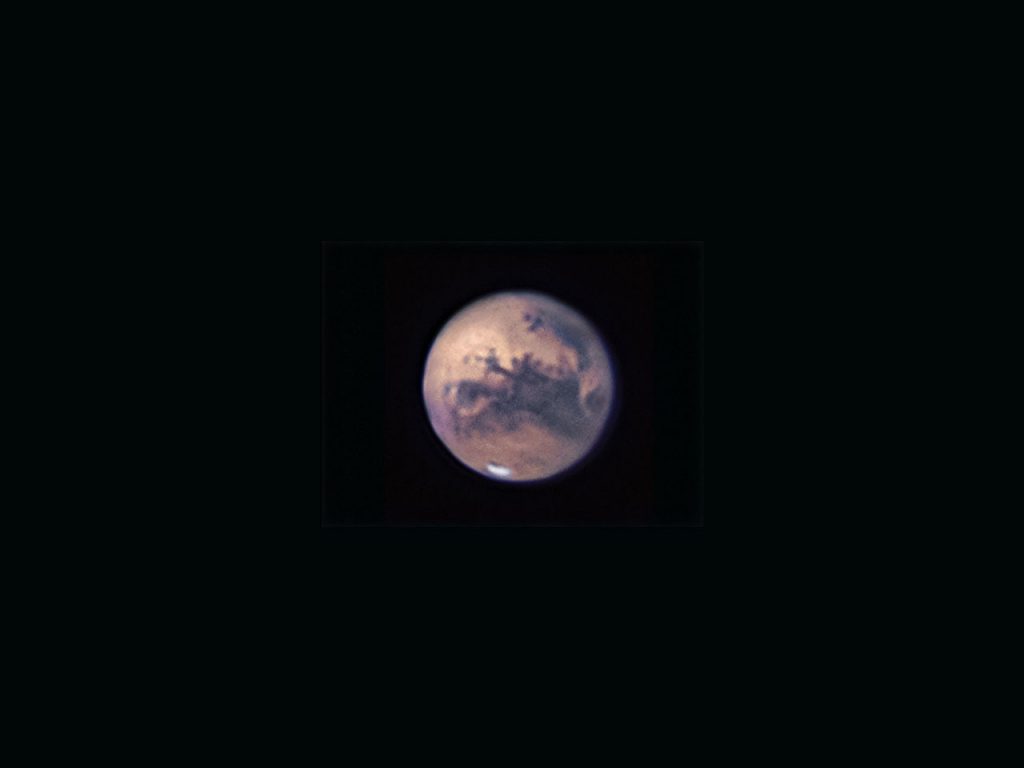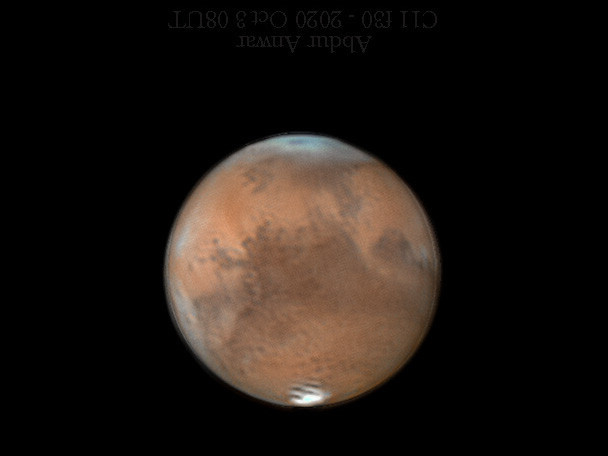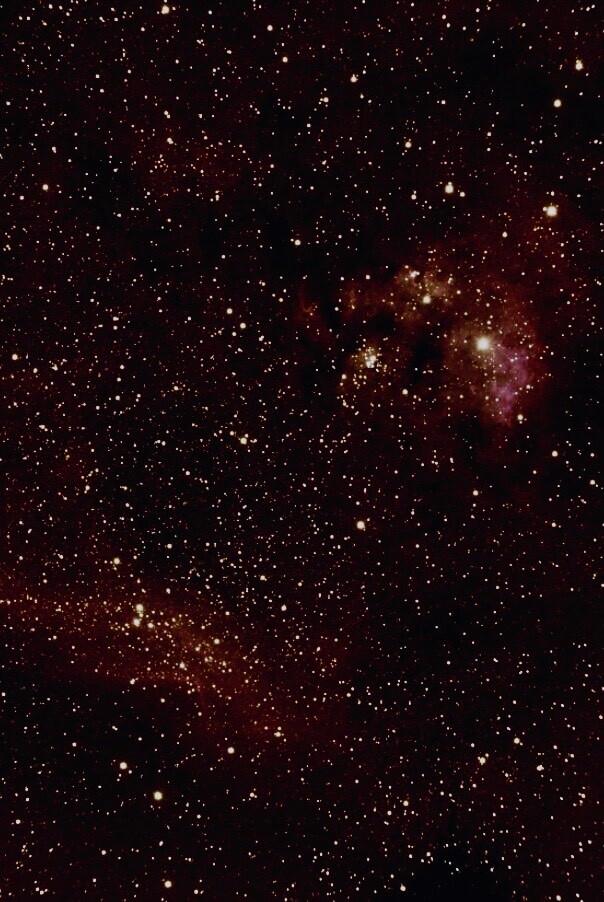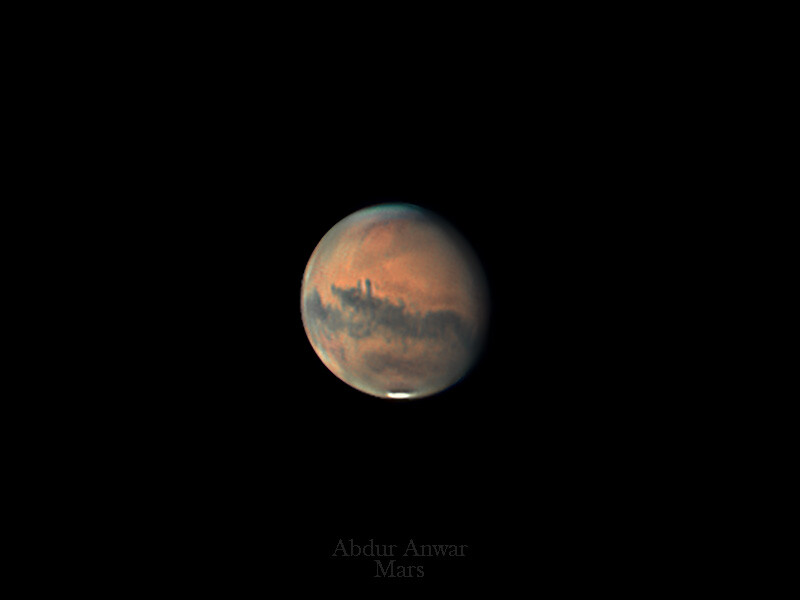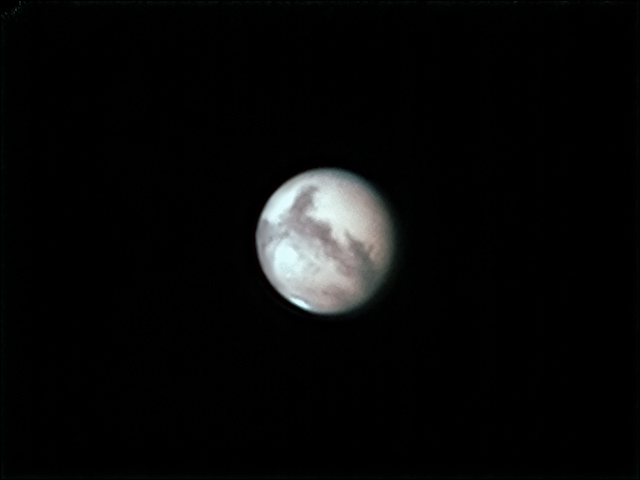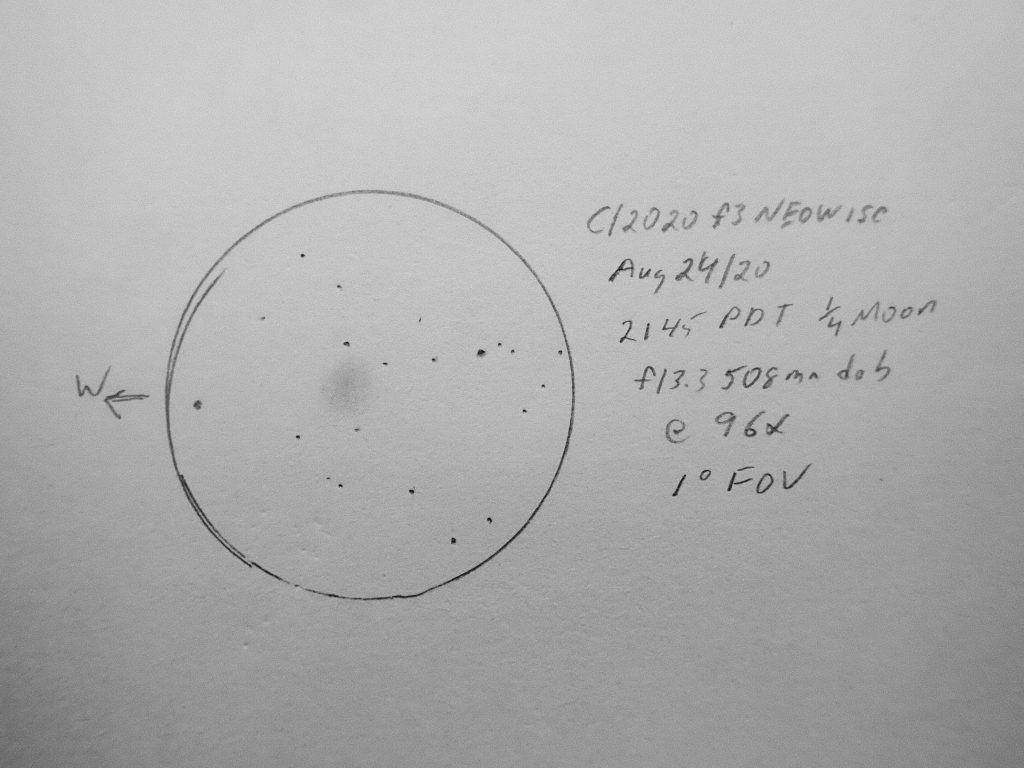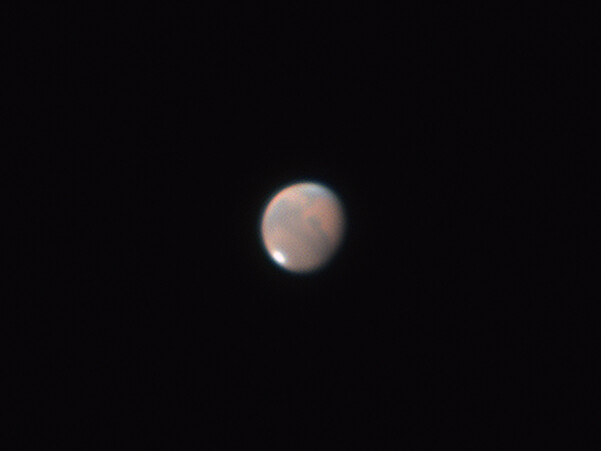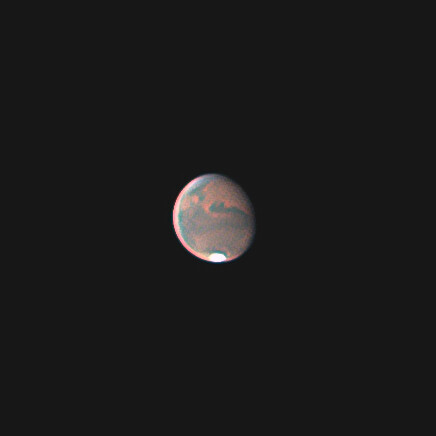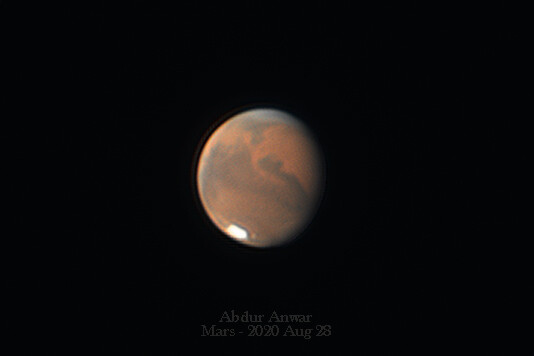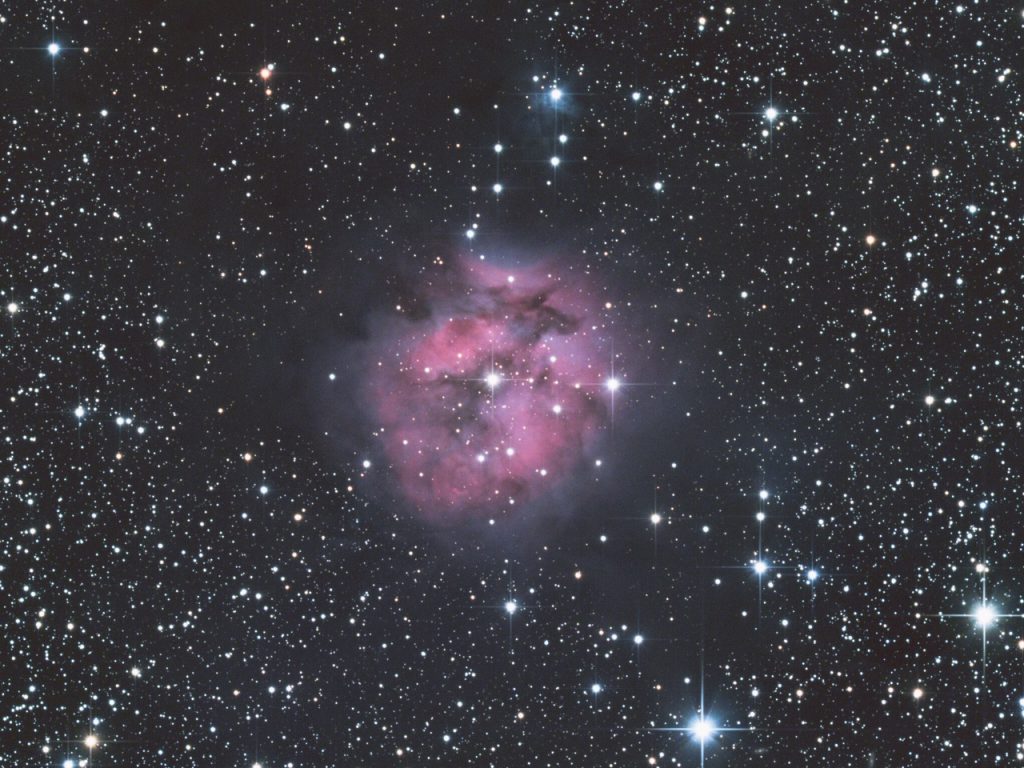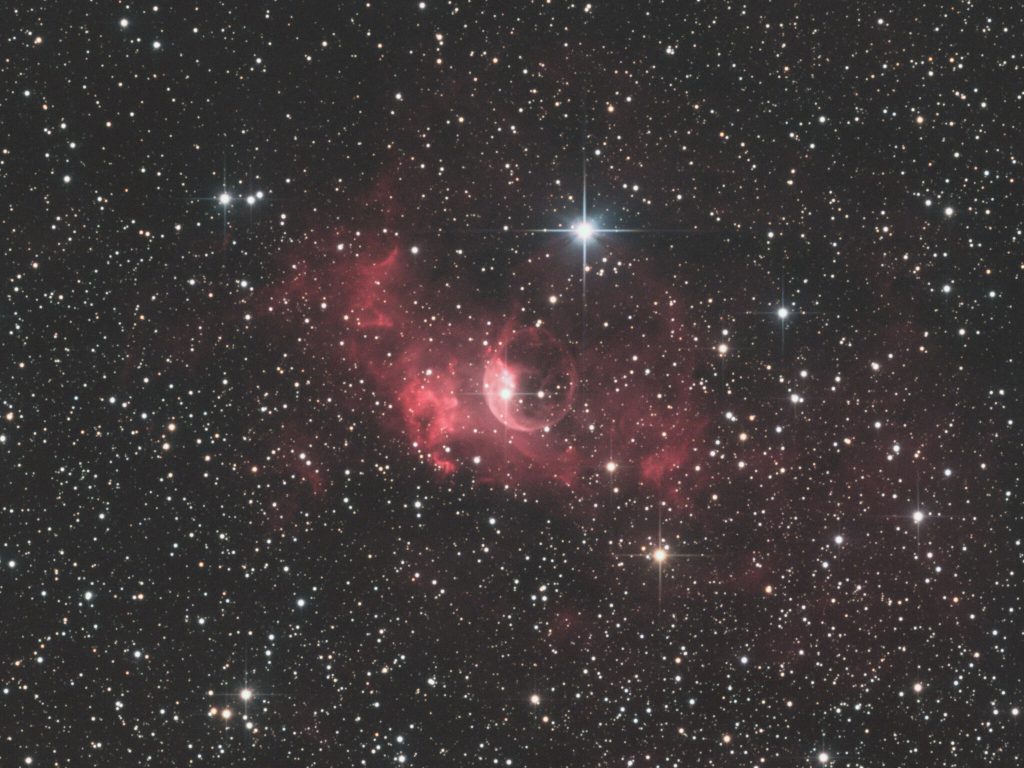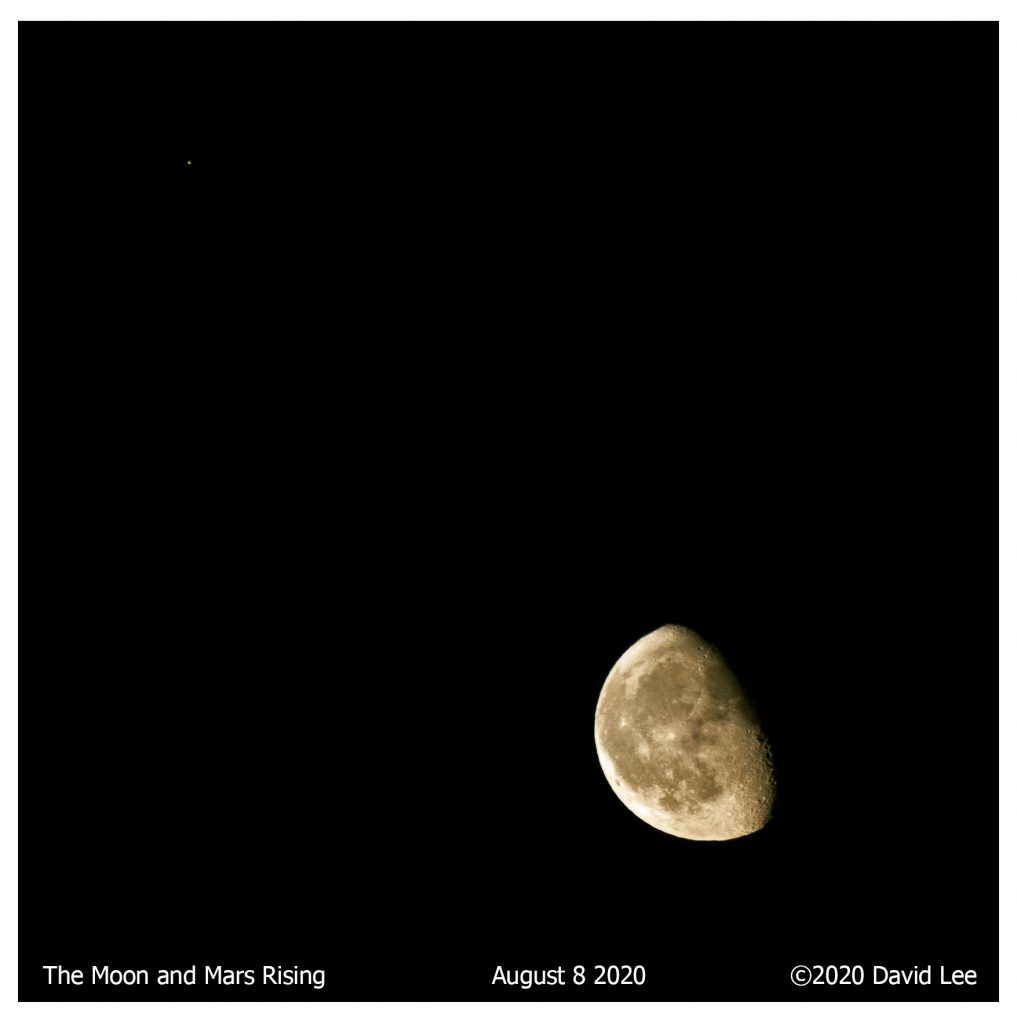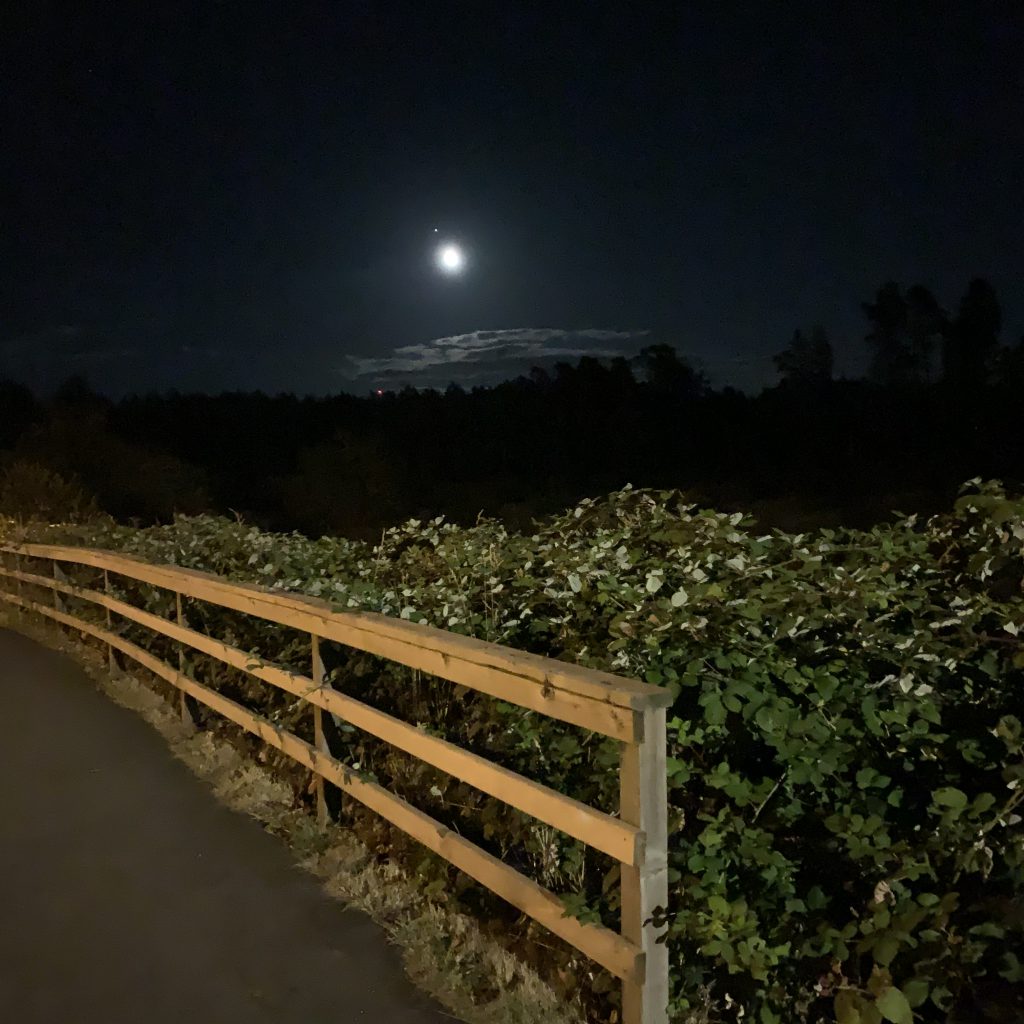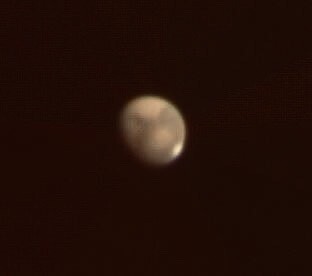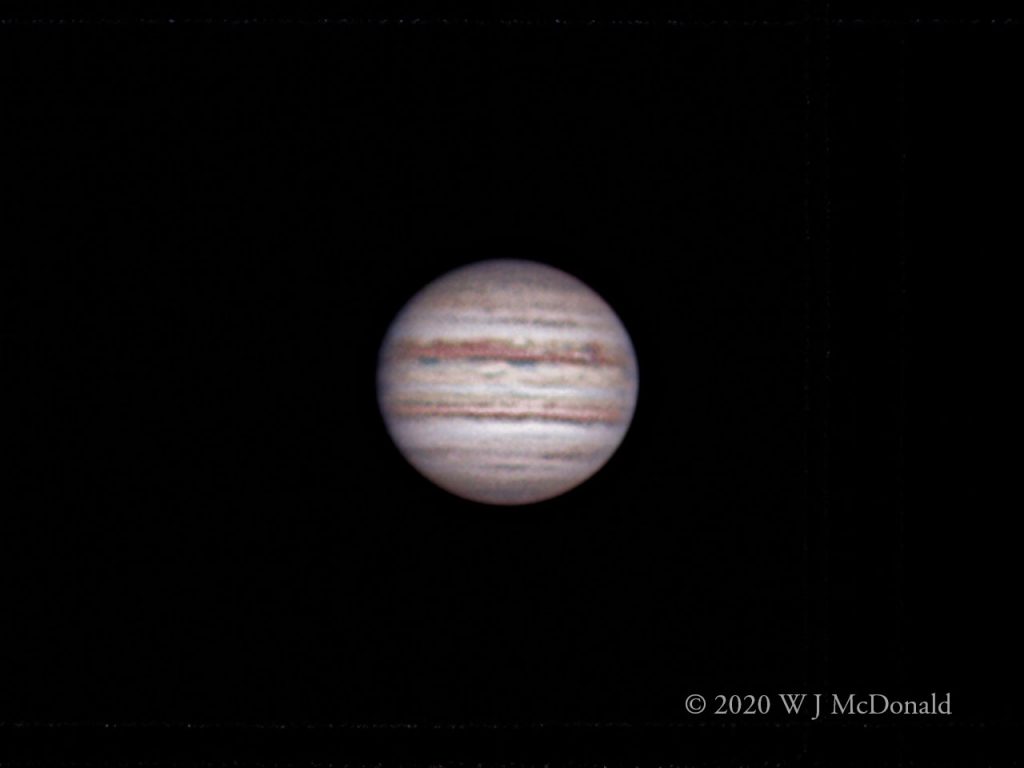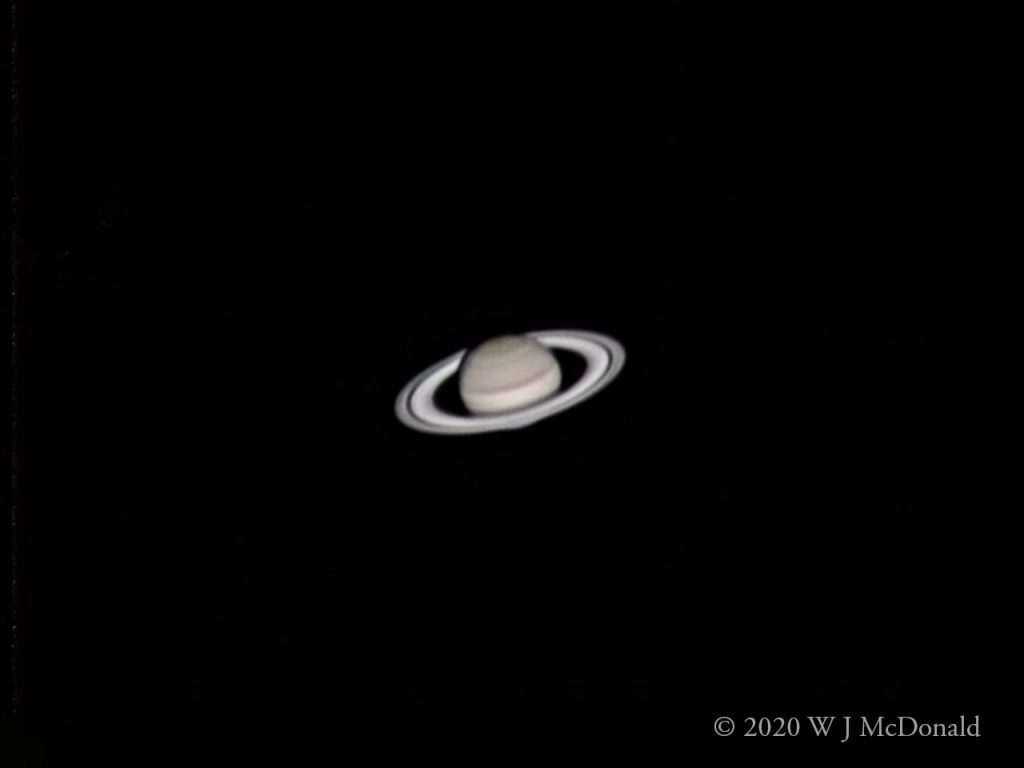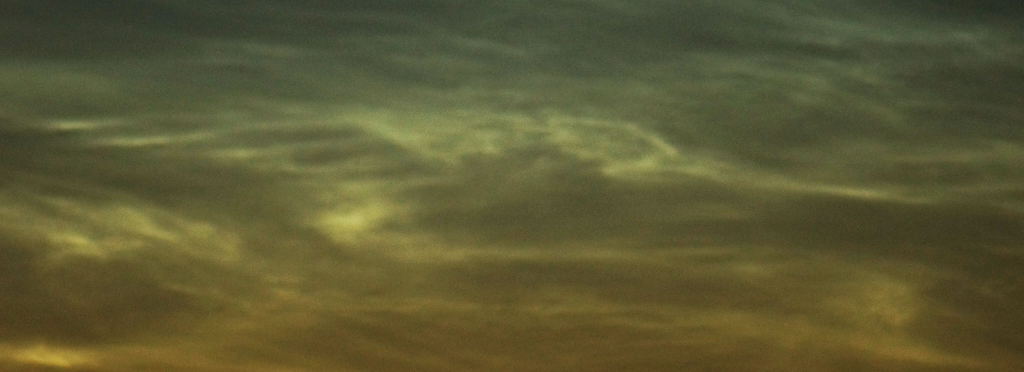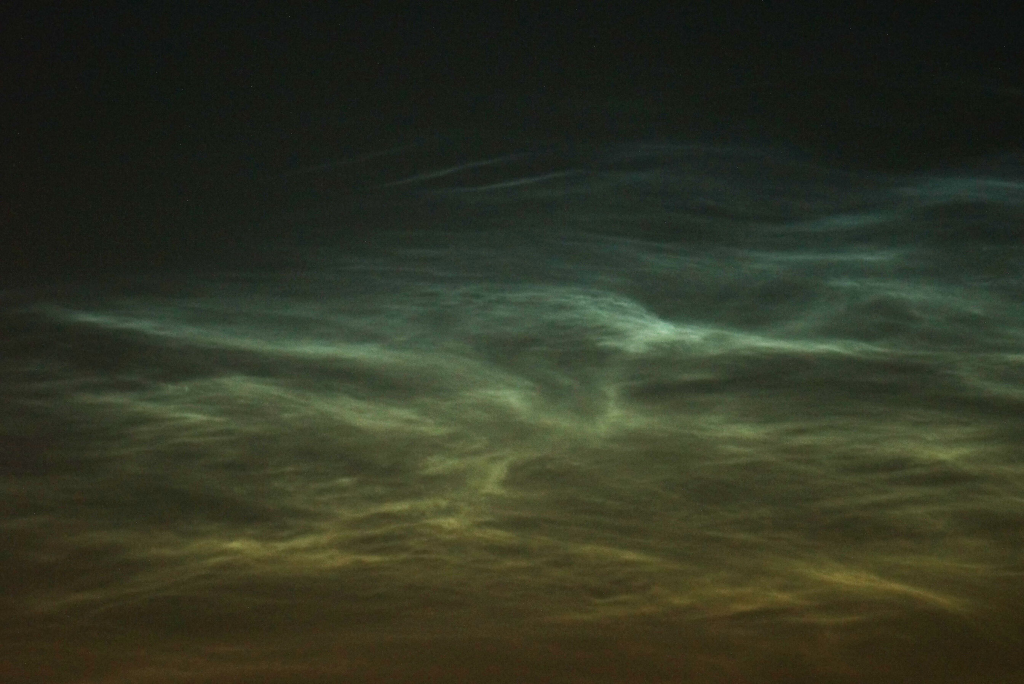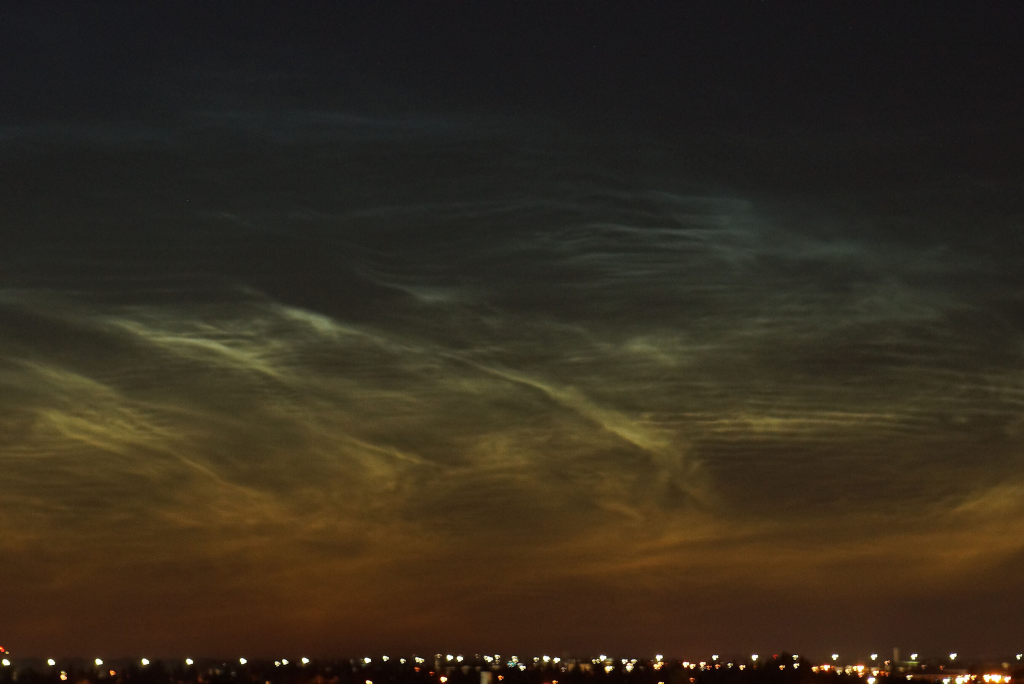Video transcript of meeting
- Maritime Museum development proposal
- Nominate Alex Schmid for upcoming Victoria Council by-election – email
UVic Astronomy Open House Wednesday October 28th: Deep (Machine) Learning with Neural Networks by Karun Thanjavur (UVic)
You are invited this Zoom Meeting at 7:30 PM PDT this Wednesday by following this link.
Learn about the second industrial revolution as Karun Thanjavur demonstrates the amazing power of artificial intelligence. The future is here today!
Abstract:
Artificial intelligence (AI), specially Deep (Machine) Learning applications are already ubiquitous in everyday use, and have been called the second industrial revolution. Deep Learning algorithms, called Neural Networks, thrive on Big Data, the happy ‘problem’ we now face of enormous amounts of data available in astronomy and in almost all fields of human endeavour. Piggybacked on the impressive recent advances in high performance computing, neural networks are trained on these available large datasets to then perform a variety of human-like tasks, such as realtime decision making, identifying subtle patterns in the data, forecasting, making recommendations based on experience, and so on. In this presentation I aim to provide an overview of this rapidly burgeoning field, explain in simple terms the construction and working of a neural net, and illustrate these principles with a few examples drawn from literature and from my own research.
How to Talk to a Science Denier:
Jim Hesser attended a recent UVic Physics colloquium by Dr. Lee McIntyre (Boston U.) was on the topic, “How to Talk to a Science Denier: What I learned at the Flat Earth Convention”.
Jim reports that the key take away message was that the best way he’s found to help a science denier is through real conversation that leads to building a relationship of trust between the denier and the scientists; once there is trust, the stage is set for the denier to look at alternate views and evidence the scientist provides. People interested in the science denial challenge might enjoy exploring this presentation.
David Lee’s First Light With Borg 55FL and ASI183MC
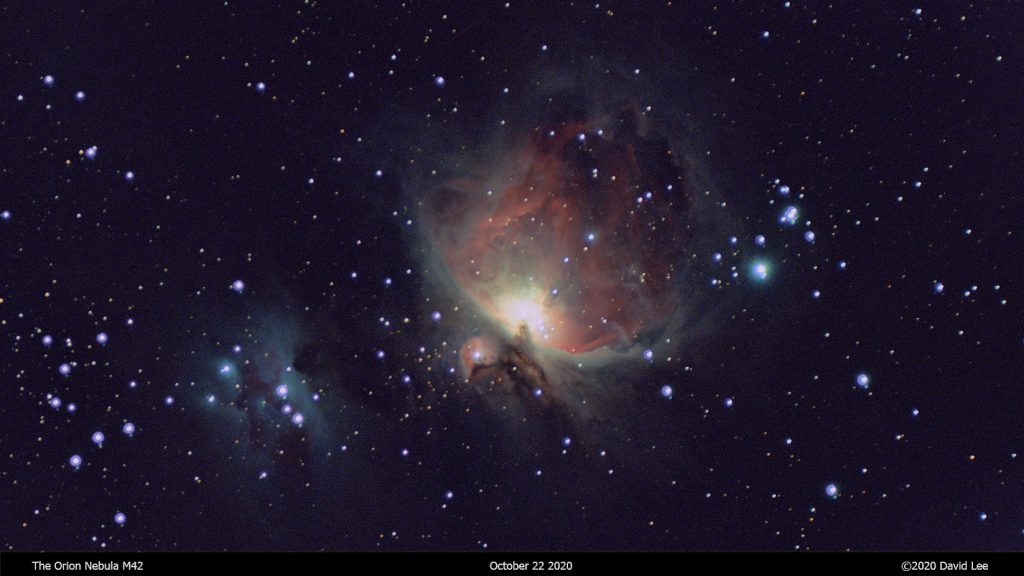
David writes: For those who can’t wait for the winter objects and you’re willing to stay up late you can catch objects like the Orion Nebula. This was also first imaging light for the Borg 55FL and the ASI183MC.
- Imaging Camera: ZWO ASI183MC
- Imaging Optics: Borg 55FL f/3.6 Astrograph
- Filtration: Hutech Night Glow IDAS NGS1
- Tracking Mount: Astrotrac
- Exposure: 50 light frames of 30 seconds for a total exposure of 25 minutes
- Processing: Pixinsight Core Version 1.8 and Adobe Photoshop CC 2021
